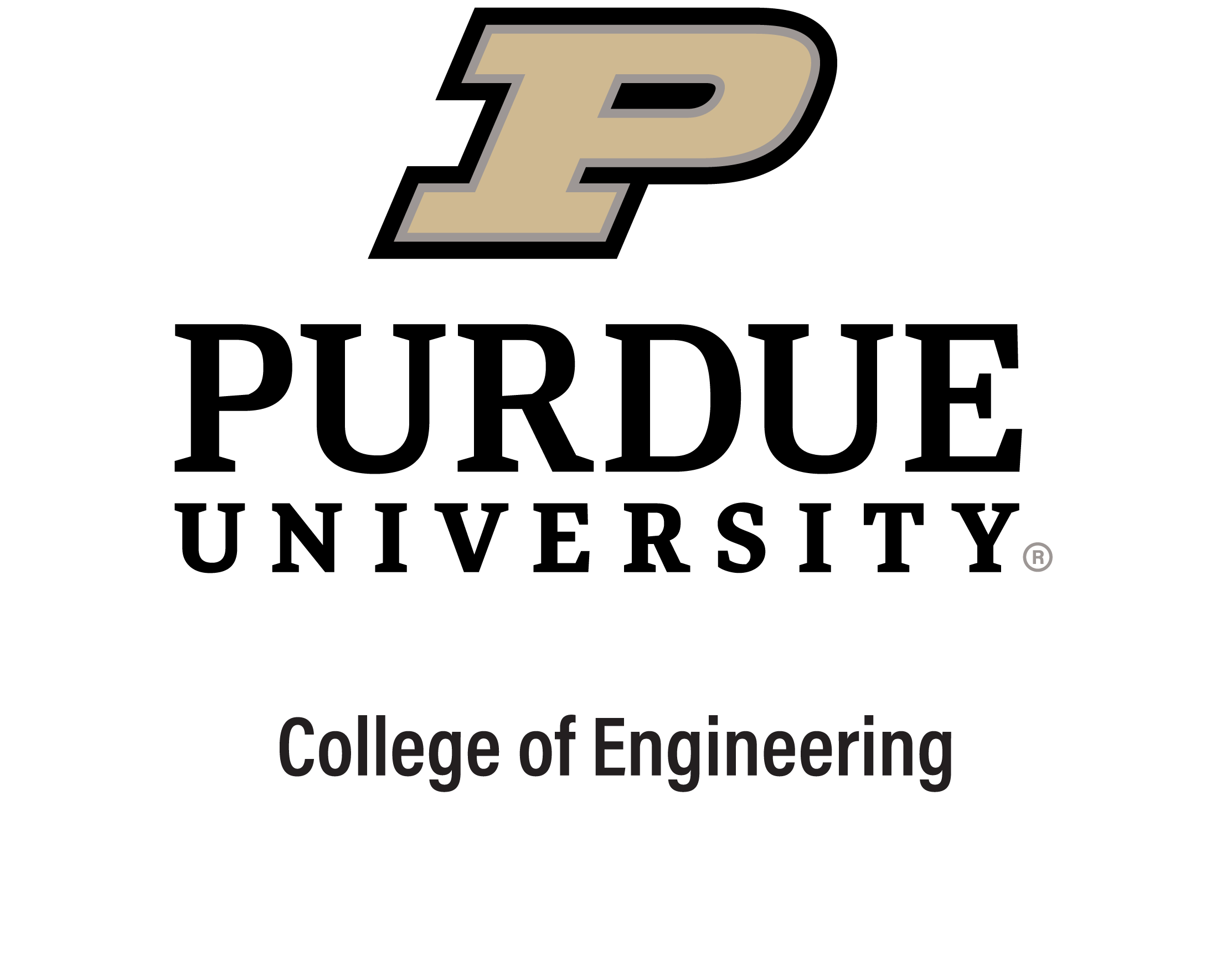Globally, more than 177 million people have been diagnosed with COVID-19, and nearly 4 million have died from the virus, according to the World Health Organization.
People recovered from the most severe cases may face new long-term health challenges. The Mayo Clinic reports that the aftereffects of COVID-19, often caused by sepsis, include brain tissue damage that can cause strokes, bring on seizures and increase the risk of developing Parkinson’s disease and Alzheimer’s disease. Other organs shown to have permanent damage suspected of being caused by the virus include the lungs and heart.
“The long-term health challenges arising from sepsis and other potential complications experienced by patients recovering from the severe cases of COVID-19 are devastating, but medical professionals and researchers are diligently working to reduce these cardiovascular and neurological aftereffects,” says Hyowon (Hugh) Lee, associate professor of biomedical engineering. “We are beginning to understand the effects of coronaviruses, and there are many therapeutics in progress to help treat the effects of COVID-19 and other diseases that can help patients recover today and in the future.”
Sepsis is the body’s extreme response to an infection and a life-threatening medical emergency known to cause a reaction that can damage organs and could cause organ failure.
Purdue University scientists and other researchers are building on decades of research to retool known and developing health solutions for recovering COVID-19 patients.
One of Lee’s collaborative research projects was published in Applied Materials and Interfaces, a magazine of the American Chemical Society. The other two Purdue scientists working in this project are Shriram Ramanathan, professor of materials engineering, and Alexander Chubykin, assistant professor of biological sciences.

